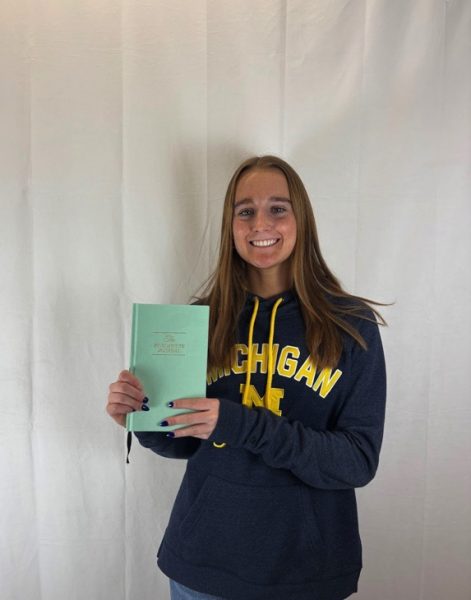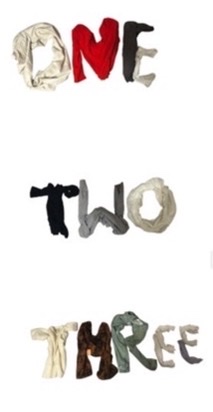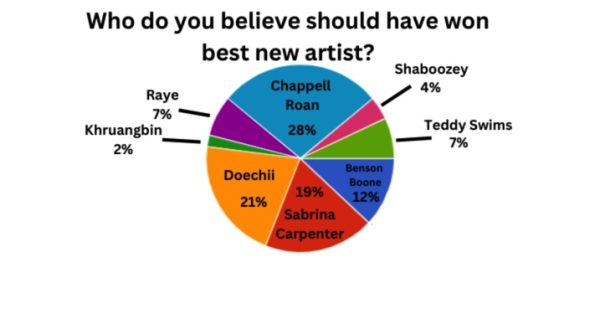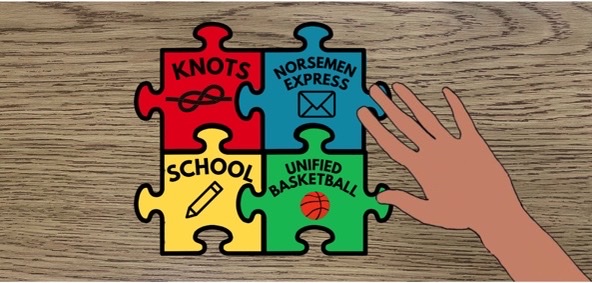#FYP: My attempt at TikTok fame
As it turns out, TikTok stardom is not as simple as doing the “Renegade” in a spray-tan-stained oversized T-shirt with bleach-fried hair wrapped in a velvet scrunchie. Maybe it is the big secret or maybe I was doing it wrong, but making it big was my goal for the last two weeks.
Since quarantine began, I, and many others, resorted to the popular social media application, TikTok, for endless streams of entertainment tailored towards our preferences. The app tracks your viewing in order to make featured content custom to each user, similar to that of the Instagram “Explore” page and Twitter’s very own “For You” page.
I downloaded TikTok in July 2019 when people still had “It’s a joke” in their bios. It was the tail end of the transition from its predecessor, Musical.ly (which yes, I had in middle school). It was a whirlwind of lip-syncing and “Stranger Things” themed videos. However, there were also new trends on the rise: the E-Boys and E-Girls became the new breed of emo, the cosplayers danced to overly-auto tuned songs about videogames and VSCO girls shoved reusable straws down everyone’s throats.
Today, we have the Hype House.
This atrocity is mostly what made me question the validity of TikTok fame. The Hype House, likely inspired by Jake Paul’s tragic Team 10 House*, is a group of TikTokers who live together in their fancy Los Angeles mansion. Doing what, exactly? Aside from creating scandals, I couldn’t tell you.
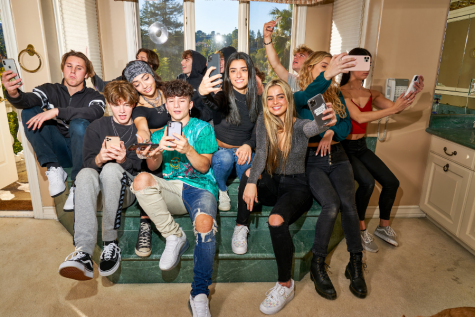
But here’s where I was the most confused. Maybe it’s just my circle, but I’ve never met someone in real life who likes these influencers. I’ve never met someone who enjoys Lil Huddy’s videos or has said their favorite TikToker was Max Dressler or Alex Warren (whoever that is).
Believe me when I say I know that sounds harsh, but I wanted to get to the bottom of this. Why are these people famous, and how on earth can somebody become the next Charli D’Amelio?
Let’s start with the algorithm. TikTok determines the success of someone’s video based mostly on watch time and the likes-to-views ratio. If a video recieves about 1 like per 10 views, then TikTok deems it as a higher quality video and will show it to a larger pool of viewers than it began with. Additionally, if those viewers stick around for a certain amount of time while watching, the watch time becomes another determinant of the attention that TikTok will get. With these things combined, the small batch method works its magic as long as those numbers are maintained as the video continues to circulate.
Knowing this, I got to work. When I began this quest, I evaluated my current situation. I had 990 followers and 135,378 likes mostly from three previous videos that had unprecedented attention.
https://www.tiktok.com/@amnowicki/video/6816382039579790598
To start this process, I produced a relatively low-effort, straight to the point video that explained that I wanted to blow up for the sake of writing an article. As of April 24, the video has 308 likes, 27 comments and 11 shares. In addition to posting it, I put a link on my other social media accounts encouraging people to support it and put a multitude of hashtags in the caption.
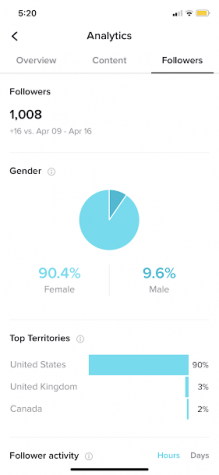
According to TikAnalytics, my account averages around 4,506 likes per video, although it’s mostly due to the three outliers that gave that average a positive skew*. Despite this, that number wasn’t awesome in the greater scheme of TikTok, so I tried again. Two days later I posted another video providing statistics about the platform itself (courtesy of www.businessofapps.com) and that only received 27 likes.
Quickly, I came to the conclusion that the algorithm, if there was one to begin with, is deteriorating as the platform expands. For example, the statistics video had a view-to-like ratio of about 1:5, which is twice as high as the algorithm requires. Applying this to the rest of my content, I realized the vast majority of my videos were flopping despite the “success” they should have had based on how the theoretical process functions.
At this point, I didn’t feel like making another serious video because I was disappointed in the system, but eventually the anxiety of failure crept back in so I went into iMovie and spent (wasted) two hours creating a video that asked viewers not to scroll and to support my account instead.
After that one, I felt conceited, to say the least. Having to ask for likes and clout is a really gross feeling, and I couldn’t stand the idea of doing it again. However, I then realized that maybe that was the piece that I was missing. More often than not, many TikTok stars seem to have no problem when advertising merchandise, asking for followers or even subliminally asking for money by starting a livestream full of vulnerable and unknowing kids.
Knowing that I don’t have the capability to exploit preteens and their access to their parents’ ApplePay information, I went back to making content that I actually enjoyed.
Through this process, there were definitely frustrating moments, however, there was a lot of good that came from experimenting with one of the trendiest apps in the world. Because of my uptick in content creation, I was lucky enough to surpass 1,000 followers, which might not seem like a lot to some people, but I’m beyond grateful for it. I also was thankful to have experimented with different types of content and seen how each kind played out.
Despite the seemingly small numbers, in the end, success is subjective. If you want to be the next dancing sensation, then go for it, but I will leave you with this: TikTok fame is hit or miss. You can blow up overnight, but it’s much more likely that you’ll have to build a following slowly. So, remember that patience is a virtue and that you should appreciate everyone that supports you in each step of building your following.
*Team 10 is a group of Influencers formed by controversial YouTuber Jake Paul who frequently collaborate to create content and live in the same household.
*A positive skew is an inflated average due to outliers in a series of data with abnormally high numbers.



